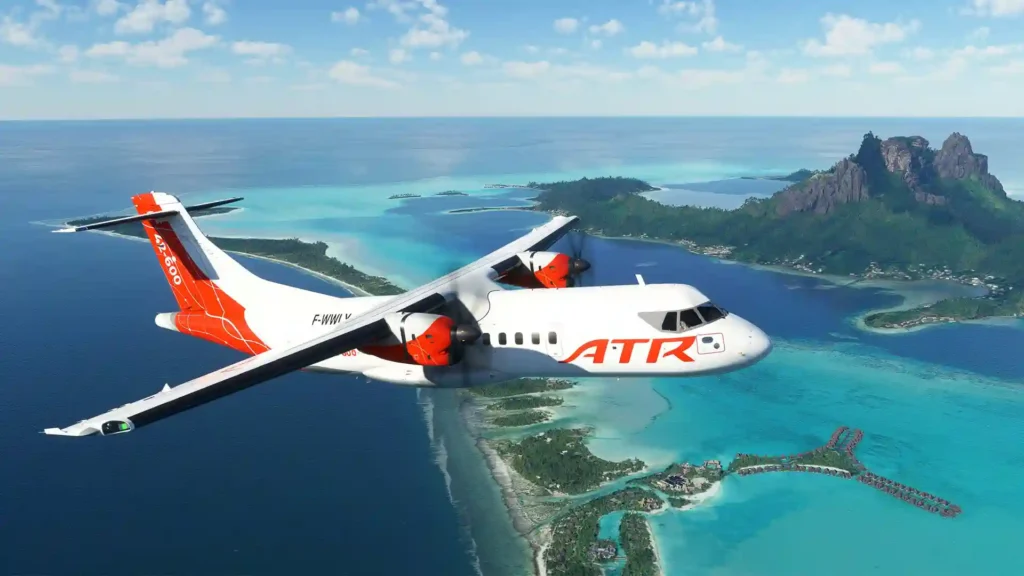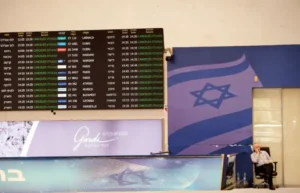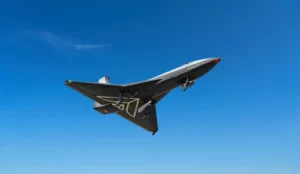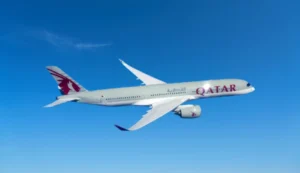ATR Shifts Strategy: Drops New STOL Model to Focus on Existing Aircraft
ATR has abandoned plans for its new short take-off model to focus on its existing aircraft range, citing market shifts and supply chain concerns.

Photo Source: Microsoft Flight Simulator Forums
Turboprop manufacturer ATR has announced it will discontinue plans for a new model aimed at short runway operations to prioritize its existing lineup. The decision to halt development of the ATR 42-600S Short Take-Off and Landing (STOL) version follows an in-depth market assessment and challenges within the global supply chain.
ATR, co-owned by Airbus and Leonardo, has a stronghold in the regional turboprop market, producing aircraft seating between 42 and 78 passengers. The ATR 42-600S was unveiled in 2019 as an ambitious project to cater to airports with runways as short as 800 meters, promising increased access to 500 additional airports, particularly in developing regions of Asia. The model had drawn interest from customers like Air Tahiti, PNG Air, and Elix Aviation Capital.
However, the anticipated market for such a plane has shifted. The company cited changes in Southeast Asia, where several target airports have extended their runways or built alternative facilities, reducing the demand for short take-off capabilities.
The decision to scrap the program came as a surprise to many, including France’s Force Ouvriere union, which raised concerns about the financial implications, including the repayment of deposits and the potential impact on employees. ATR’s spokesperson was unavailable for further comment.
Despite the setback, ATR maintains a dominant position in the regional turboprop sector, where competition remains limited, and the aircraft type is favored for its efficiency over short routes. This pivot follows earlier reports that Airbus, one of ATR’s parent companies, opposed Leonardo’s push for a larger, 100-seat turboprop. Meanwhile, ATR’s main competitor, Embraer, shelved plans for a new turboprop in 2022.






